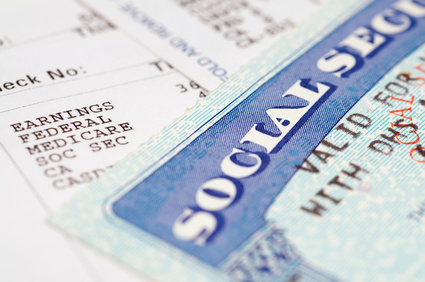Are Social Security Benefits Taxable?

 SPONSORED CONTENT
SPONSORED CONTENT
By Alan Kalman, AARP
Please note that all references to Social Security benefits in this article include the equivalent benefits (Tier 1 SSEB) received by retired railroad employees. Additionally, for taxation purposes, normal retirement benefits, disability benefits and survivor benefits are all treated the same.
Last tax season at our AARP Tax-Aide center we saw many clients who were receiving Social Security benefits for the first time. Many of these same clients were surprised that some portion of their benefit was included as taxable income. Our volunteers had to explain that tax law requires that some part of their benefit be included in taxable gross income if their provisional income (more on this later) exceeds a certain threshold. In other words, if you have too much income as defined by tax law, you are going to pay tax on your benefit. An unmarried individual is impacted when provisional income exceeds $25,000; a married individual filing as married-separate and who lived apart from their spouse the entire year also has a $25,000 threshold; a married individual filing jointly is impacted when provisional income exceeds $32,000; and a married individual who files as married-separate but lived with their spouse for any time in the year is impacted immediately as they have a zero income threshold.
Provisional income is defined as adjusted gross income plus one-half of the taxpayer’s Social Security benefit, tax-exempt interest, interest excluded on educational savings bonds, adoption assistance payments, certain deductible student loan interest, certain excluded foreign-source earned income and certain US possession income.
It would be nice to say that the formula to compute the amount of benefit that must be added to taxable gross income is simple. It is not. The law uses a two-tier system (a second threshold level) to make the determination. Exceeding the first tier will start to add 50% of the excess benefit above the first threshold to taxable gross income. Exceeding the second tier will start to add 85% of the excess benefit to taxable gross income. Rather than explain the complex formula, suffice it to say that when you start to exceed the second tier, the amount of benefit that must be added to taxable gross income starts to increase to 85% until a maximum of 85% of your total benefit is included in taxable gross income.
Recognizing that the formula is complicated, the IRS instructions for completing your individual tax return contain a worksheet that steps you through the calculation. Additionally, IRS Publication 915 has worksheets with examples to assist you. All tax software includes the formula embedded in the program.
AARP Foundation Tax-Aide’s 35,000 volunteers are ready to start serving taxpayers. With over 5000 locations nationwide, the AARP Foundation Tax-Aide program is prepared to assist millions of low to moderate income taxpayers of all ages with special attention to those aged 60 and older. Visit www.aarp.org/findtaxhelp or call 866-623-1115 to get FREE help with your taxes.
[Photo by SalFalko]

